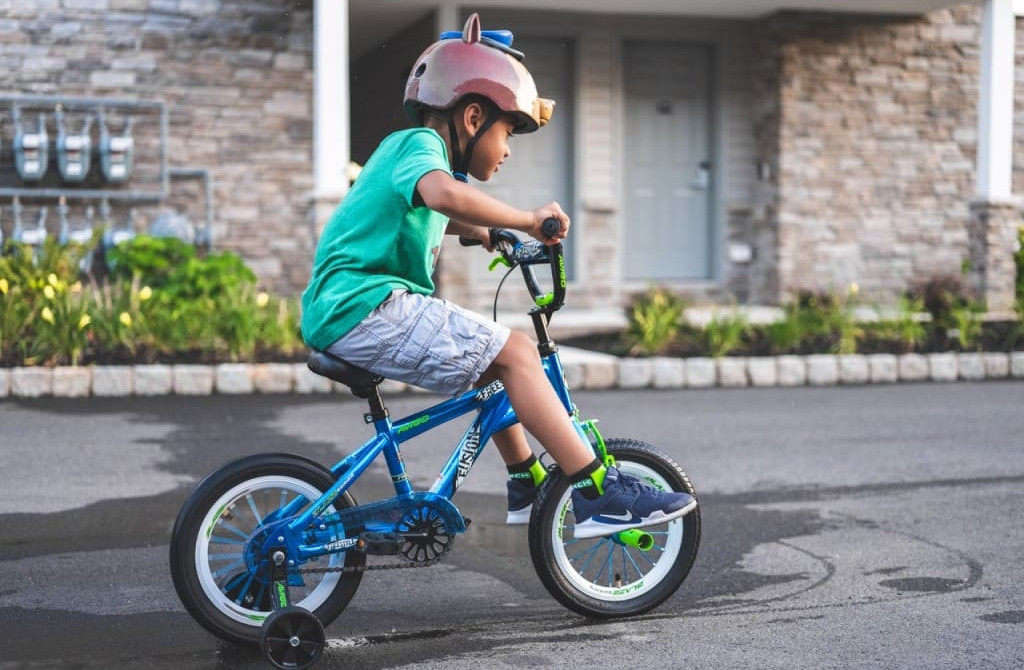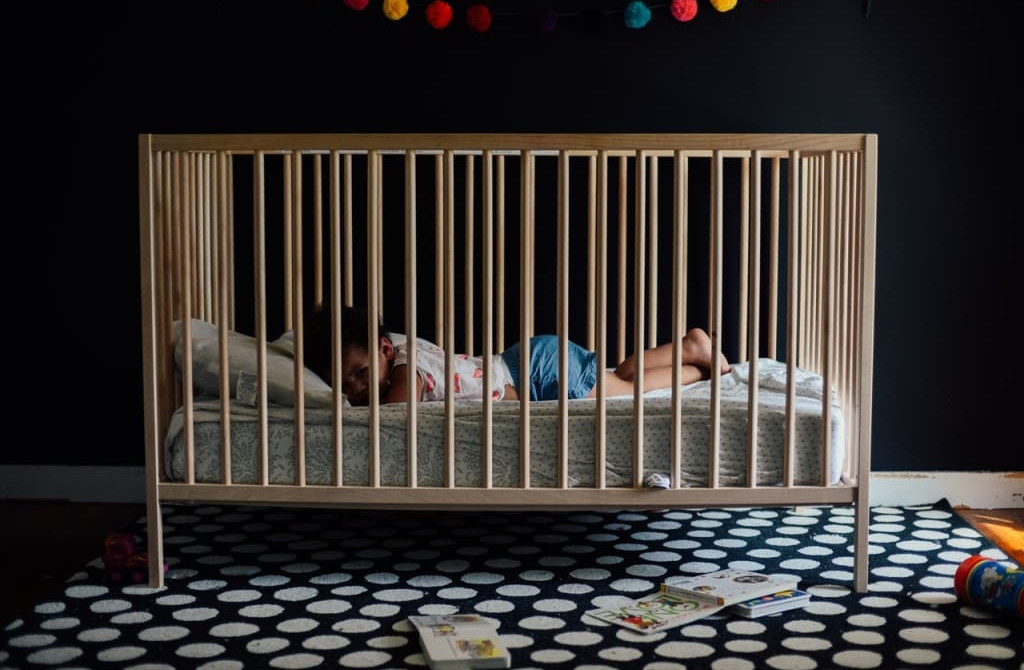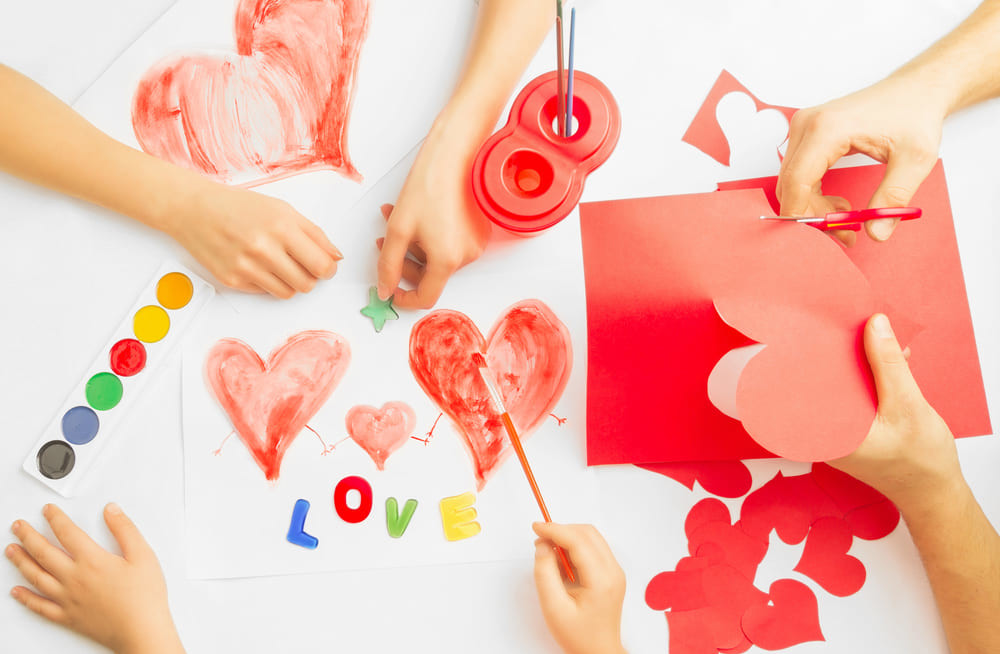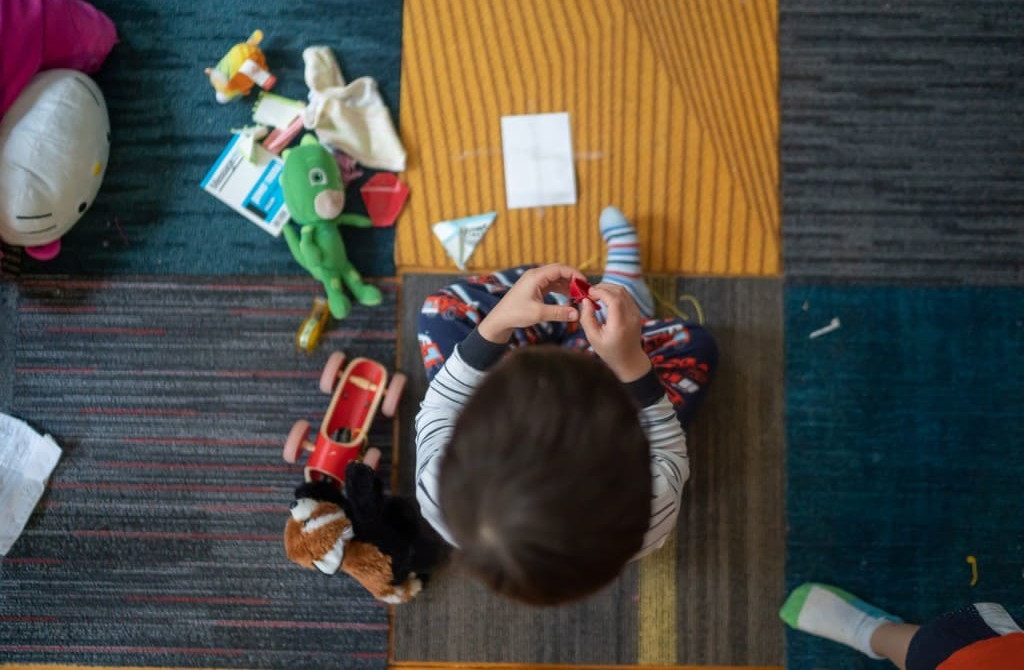Kids grow up fast! Barely have they discovered their feet and started walking, that they are clamoring after bicycles and scooters. Before you know it they are wakeboarding and rollerblading. But, we’re getting ahead of ourselves. At around 3-4 years old, your little one will start showing interest in using a bicycle or scooter, especially if they see other kids riding them. This is actually a good age to get them started since their balance, motor skills and hand-eye-coordination have developed sufficiently.
We’ve put together some points for you to keep in mind while you’re teaching your child how to use a bicycle or scooter.
Find the right size
Physical size isn’t an indicator of whether your child is ready to learn. They need to develop the motor skills and dexterity for it. Some kids might be ready at age 2, some only by age 5 – that’s okay! Whatever their age, when you are picking a scooter or bicycle make sure it’s the right size for them.
- When your child is seated on the bicycle their feet should be able to touch the ground without bending the knee.
- When it comes to a scooter keep in mind the weight limit of the model. Pick one that can safely support your child’s weight.
- Whether a scooter or a bike, your child should be able to grip the handlebar comfortably.
Safety first
Make your child aware of the importance of safety while using a bicycle or scooter. A helmet is a must! So pick one that fits their head securely and can be strapped under their chin. When it comes to scooters, knee and elbow pads might be a good idea as well, to protect your child if they fall. Wearing properly fastened footwear is very important.
Initially, let your child learn to bike or scooter indoors or within the house compound. When they are surer of themselves and have had enough practice they will want to venture out. Let them know which parts of the neighbourhood they are allowed to ride in, and to always stay on the sides of the roads.
Keep things fun
While your child is learning to ride a scooter or bike try not to push them. Some kids learn in days, some in weeks! Let the process be fun and encouraging. If your child isn’t ready to take off the training wheels, don’t shame them into doing so. They will in their own time as they build confidence.
Remember, your child might have a fall or two during the learning process. Offer comfort and once they are okay, encourage them to get back on and try again.
If your little one is getting stressed and not finding the learning process enjoyable, take a break or have someone else teach them. Keep in mind that your child has to not only be physically ready but also emotionally ready to learn to ride a bike or scooter.
Maintenance and responsibility
Like most vehicles, bikes and scooters have to be maintained as well. Teach your child to take responsibility for keeping their equipment clean and in good working condition.
Have them wipe down the bicycle or scooter with a damp cloth, give them a brush to clean the wheels. Show them how to use oil or lubricant to keep it running smoothly. Most importantly, brakes need to be checked from time-to-time. You can start teaching them these things from an early age so that they learn to take care of things that belong to them.
Children need to enjoy the outdoors and get plenty of physical exercise. Riding a bicycle or a scooter is a fun way to do both. This is also an activity that they can do with their friends and explore their surroundings in the process as well. So, help your little one enjoy using a bicycle or scooter and once they’ve got the hang of it, watch them go!



